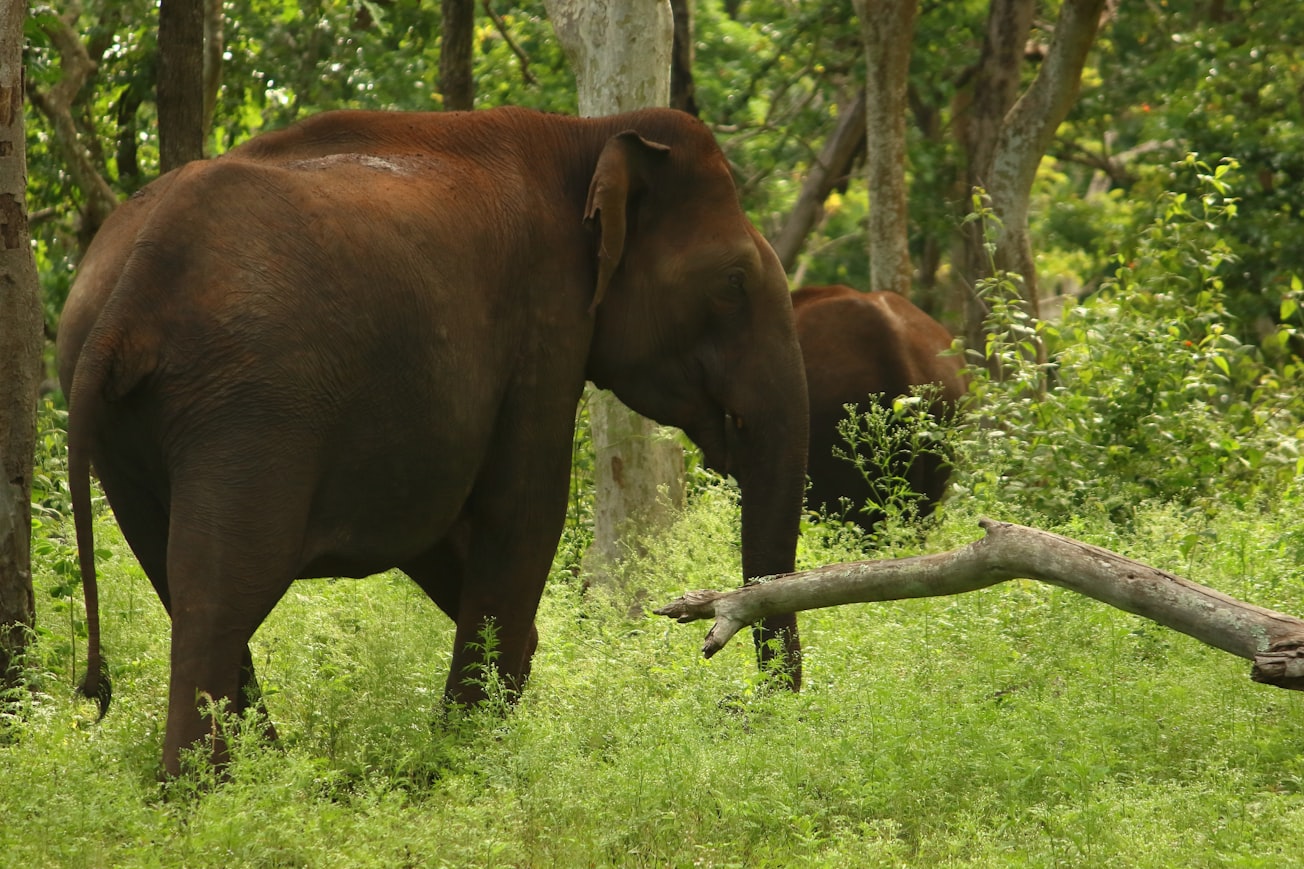What is it about?
Human fatalities from wildlife are relatively rare, but also catastrophic. The authors of this paper quantify damages from human casualties from conflict with wildlife using data from a survey of over 5000 farm households living within ten kilometres of 11 wildlife reserves in India. They estimate damages from human casualties, and crop and livestock losses using a conservative estimate for the value of a statistical life, a commonly used economic measure. They find that even when a species is associated with a rare occurrence of human fatalities, the expected cost of death from a negative interaction is several orders of magnitudes higher than the that of more frequently occurring crop and livestock damage. Thus farmers in conflict with elephants suffer damages 600 to 900 times higher than those in conflict with non fatal herbivores like pig and nilgai. Similarly, a negative interaction with a tiger, implies average damages a 100 times that from a wolf. These results justify a focus on reducing negative interactions with charismatic species such as tigers, elephants and leopards. They also support a concerted effort to reduce human fatalities as a way to reduce damage, and lower animosity towards certain species in India.
Featured Image

Photo by Saketh Upadhya on Unsplash
Why is it important?
We should do our best to reduce fatalities and injuries from human-wildlife conflict. Consequently, we should focus our efforts on charismatic species, as they are the ones responsible for human casualties. This might be obvious, but a large literature on crop and livestock damage does not value human casualties. This might induce a neglect of the the impact of human casualties. Through this paper we provide robust evidence that human casualties dominate all other costs from negative interactions with wildlife in India.
Perspectives
This paper is my first foray into the messy world of human-wildlife conflict and the economics of conservation. I have learnt a lot from my collaborator, from my visits to the field, and while analyzing this data. As I observe the ordinariness of injury and death from interactions with wildlife, I realize this hurts conservation. If we want to raise human well being of often the most disadvantaged, and support conservation, we collectively must do the best we can to address human casualties from conflict with wildlife.
Sumeet Gulati
University of British Columbia
Read the Original
This page is a summary of: Human casualties are the dominant cost of human–wildlife conflict in India, Proceedings of the National Academy of Sciences, February 2021, Proceedings of the National Academy of Sciences,
DOI: 10.1073/pnas.1921338118.
You can read the full text:
Contributors
The following have contributed to this page










